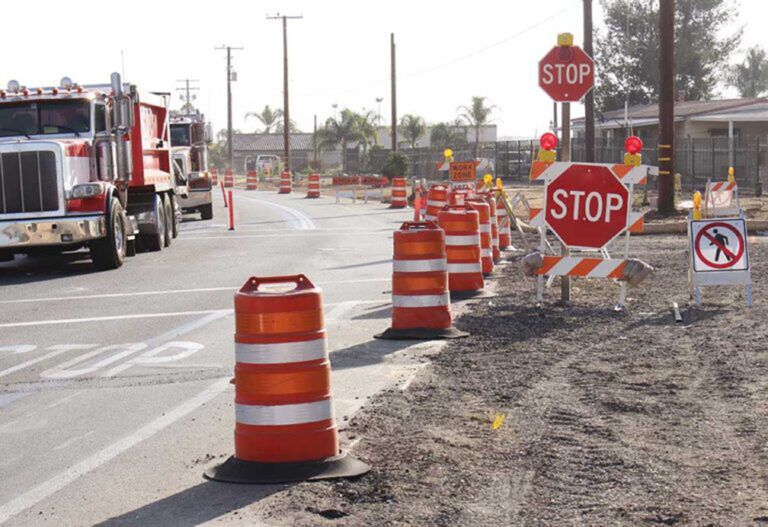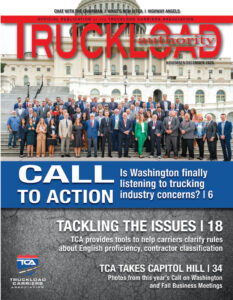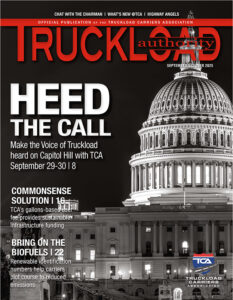The new chairman of the U.S. National Transportation Safety Board (NTSB) wants governments and businesses to change the way they look at highway safety by considering the whole system rather than individual driver behavior.
Jennifer Homendy, who was nominated by President Joe Biden earlier this year, said such an approach works in aviation, where there were no U.S. fatalities last year. On the roads, there were 38,680 deaths nationwide, the greatest number since 2007. More than 8,700 motor vehicle deaths were reported in the first three months of 2021, up 10.5% from a year earlier. At the same time, vehicle miles traveled declined.
“The current approach, which favors automobiles and punishes only drivers for crashes, is clearly not working,” she said in remarks prepared for a speech to the Governors Highway Safety Association conference. “If we are going to get to zero, we will have to do something different.”
Homendy used speeding as an example of the “Safe System Approach” to road safety. Rather than focusing solely on drivers, she questioned whether the whole system failed. She asked whether road designs encourage high speeds, or whether “ill-conceived” federal guidance has led to increasing speed limits in states. She also asked about states that take away the ability of local authorities to set lower speed limits and “manufacturers who design vehicles that can exceed 100 miles per hour or that have no speed limiters.”
Speeding-related crashes rose 11% last year, she said, with troopers in her home state of Virginia posting images on social media of tickets that were written to speeding drivers, one of which shows a motorist for going 115 mph in an area with a 55-mph speed limit.
She told the group of state and territorial highway safety officials that speed limits and laws against impaired driving still have to be enforced. But, she said, enforcement alone can’t make the roads safer.
Homendy called on road designers, public health officials, governors, vehicle makers, transportation providers, and communities to share a new vision. “The carnage on our roads has to stop. You know it, and I know it,” she said.
The NTSB investigates road crashes and other transportation incidents, but it has no regulatory authority. The National Highway Traffic Safety Administration regulates vehicles, while the Federal Motor Carrier Safety Administration regulates trucking companies. The Federal Highway Administration is responsible for roadways.
The Truckload Authority News Staff, comprised of award winning journalists and graphic artists, produces content for Truckload Authority, working in cooperation with the Truckload Carriers Association staff. Truckload Authority aims to keep TCA members abreast on the latest trends in the trucking industry as well as articles that feature TCA member executives and drivers. The Truckload Authority staff is based in Little Rock, Arkansas.














